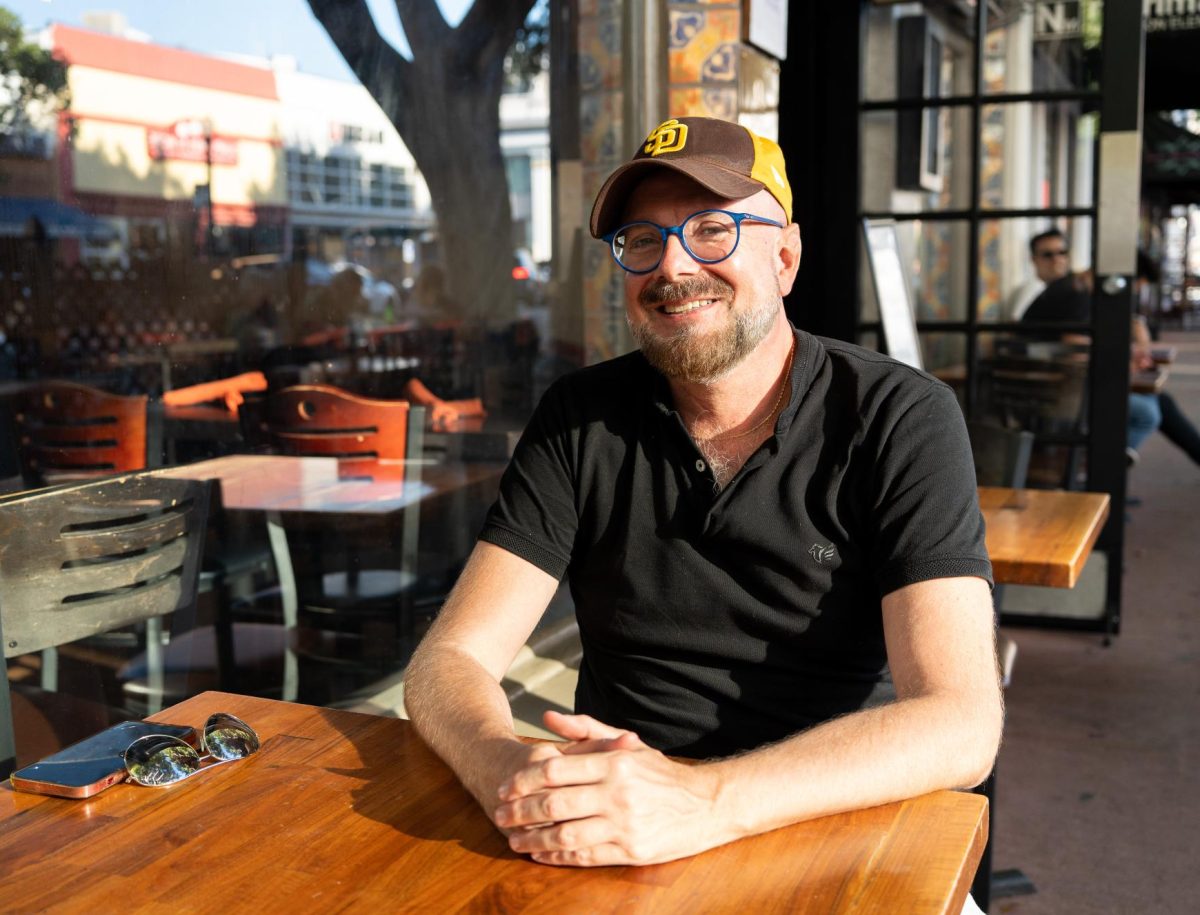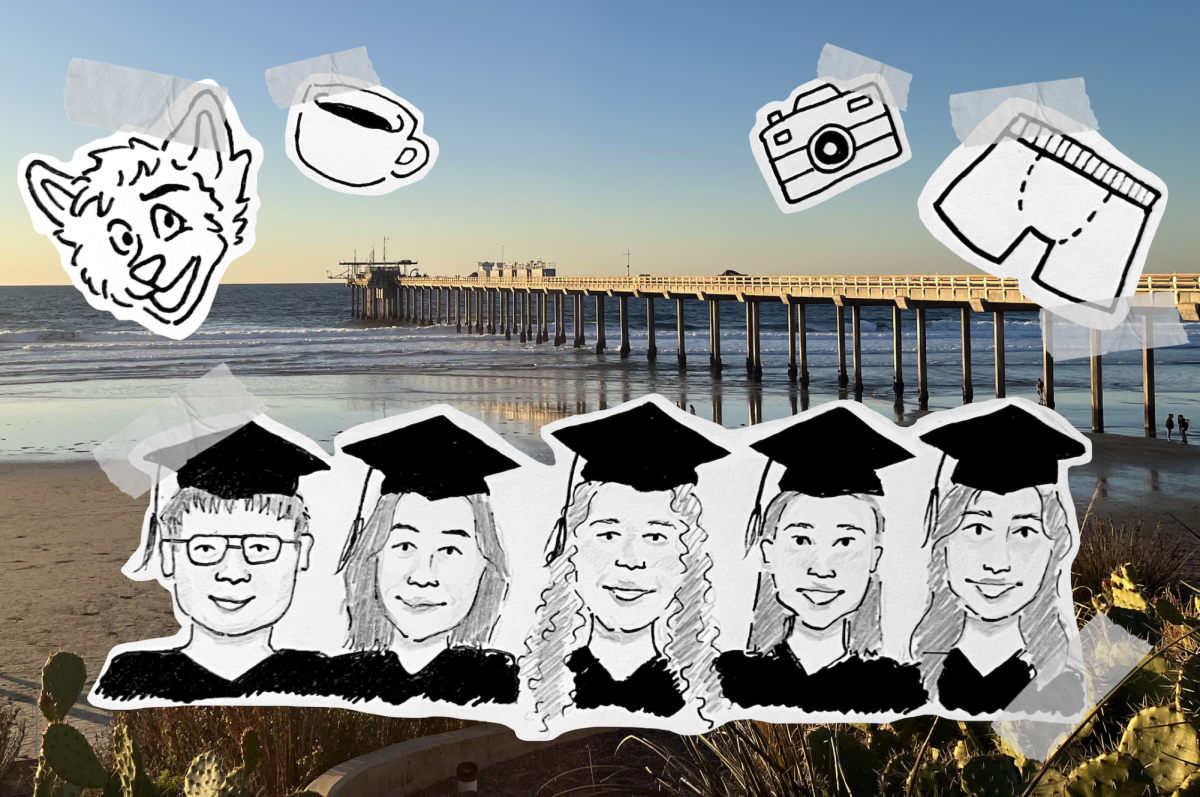Following a decision by the dean and chair of the Division
of Arts and Humanities, along with other top UCSD library administrators, the
circulation of slides in the Arts & Architecture Library will be
discontinued by the end of Winter Quarter.
On Feb. 19, faculty members were advised to familiarize
themselves with ARTstor, an online database for art and architecture slides,
where UCSD’s collection has existed for four years.
In summer 2002, the main library in Geisel began to digitize
its slide collection, after receiving a grant from the Andrew Mellon
Foundation. The project was completed by July 2004, producing more than 200,000
digital images and associated metadata, said Leslie Abrams, head of the Arts
Libraries.
“At the time the project was completed, UCSD was the core
contributor to the ARTstor database,” Abrams said. “Since then, many
institutions have followed suit.”
ARTstor now contains approximately 550,000 images of art and
architecture.
In addition to the complete digitization of the A&AL slide
collection, the various media departments located on Geisel Library’s basement
level are preparing to be extensively revamped.
“We are currently in the ‘phasing’ process,” Abrams said.
“That is to say, we are preparing for the demolition to come by removing things
to make way.”
Abrams said the final goal of the renovation project is to
have a single service desk to coordinate reference, information and reserves,
where students can locate a wide variety of media materials, from film and
videos to music scores and recordings.
“Currently, there are three service points, which is, many
times, confusing to students,” she said. “We are making the research process
easier, as well as allowing more open space and later hours.”
Because of property rights issues, not all film and video
collections will be added to the digital database. The discontinuation of the
slide circulation is expected to affect only a small portion of the UCSD
community.
“There is only a small number of faculty members who still
use analog slides in their lectures,” Abrams said. “We have planned to give 12
faculty members access to the slides at their request. All of the slides will
still be property of the UC regents.”
Faculty members had until Feb. 29 to inform the library if
they wished to continue using the slides.
While the elimination of the slide collection may not
significantly affect a campus at the forefront of technology, the physical
reconfiguration of the different collections to provide space for demolition —
which includes rearranging the Music Library’s books and scores — is ongoing.
Some students have said they find the changes frustrating.
“I don’t go down there often, but when I do, I definitely
will be confused,”
Though faculty are encouraged to give their lectures using
the Internet-equipped rooms throughout most of campus, media theorist and UCSD
visual arts professor Lev Manovich said that the slides’ elimination may be
detrimental to the learning experience.
“I think that some complaints may be actually justified,”
Manovich said. “Being able to work with thousands of images that are
represented as objects in physical space has some advantages over working with
digital images in a computer. This is the same reason why today all design and
architecture studios use physical models, drawings and other physical media
besides computers.”
Manovich added that the user interface of databases like
ARTstor proves visually unrepresentative of the wide amount of information it
claims to provide.
“If a library or a social media site has hundreds of
thousands of images, why can I only see a handful of them at a time?” he said.
“Why aren’t they arranged in a grid?”
Manovich and his colleagues at the California Institute for
Telecommunications and Information Technology are currently working on new
designs for interfaces for database sites like ARTstor.
“We are starting to work on new kinds of interfaces for
online image collections,” he said. “We are hoping to add much more
functionality to current interfaces. Rather than using a computer as a fancy
slide viewer, the computer can act as an intelligent assistant, which will help
view image collections in new ways.”
Demolition of the A&AL and Film & Video Reserve
spaces, located within Geisel Library, will commence in summer 2008. The
A&AL slide collection will close on May 30.







